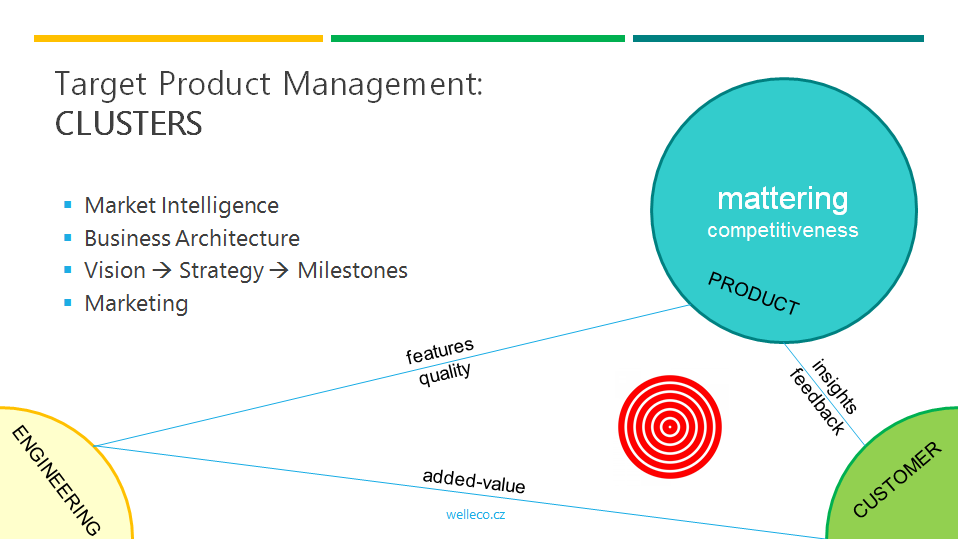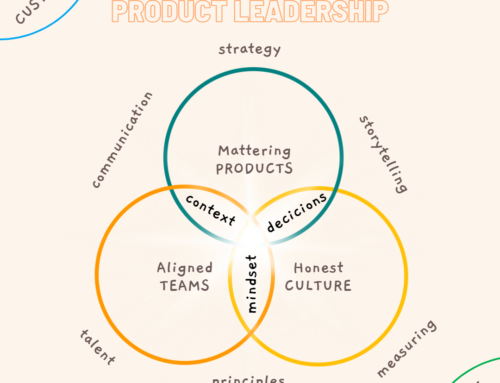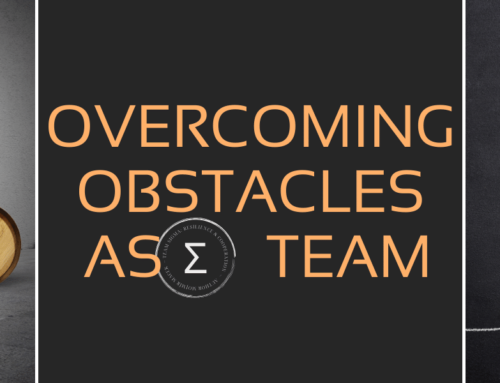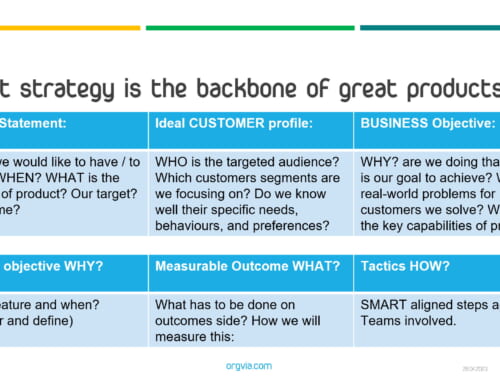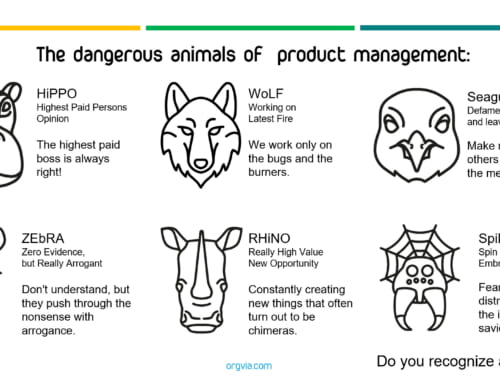In the last decades, I have always been around creating new products and complete software solutions in various positions. At the same time, I have studied how the best companies in the world do product-innovation. In a series of articles I will gradually cover the key themes and what works and what doesn’t. I will summarize the most risky situations that occur in companies and possible ways to get out of them. We will also talk about what tools help to manage such a dynamic discipline as product management. If I had to summarize what makes great product management in one sentence then:
The main purpose of product management is to constantly bring people across teams together for common goals that benefit customers and to properly prioritize milestones over time.
Product management is a multidisciplinary profession and in many companies it is still in its infancy and does not have the importance it deserves, or is not addressed at all by most companies. Many companies have sections/divisions focused on sales, engineering – manufacturing, customer care or operations, rarely on product. At the top management level, there is very often infighting and power struggles over power and budget. Good product management can be a fine mediator between different parts of the company. Unfortunately, just as in-house research and design has been suppressed in the Czech Republic and many companies are just assembly plants, this so important discipline and a company culture focused on product innovation has declined in our country. In many companies there is still a struggle of who has the higher position, more functional stickers and a more noble job title on the business card. In these skirmishes, the bottom line is often forgotten: making great products – solutions that customers are happy to appreciate (read pay great money for). Yet, quality product management is a super connector and discipline that combines understanding of the business/business; feasibility on the production side; quality design for users and understanding & adoption by customers, gathering not only feedback but also insight into real needs on the ground. All this cannot be done without bold leaders who are able to work across teams and the entire company = product know-how. Few companies have the entire product lifecycle well thought out, and many live under the notion that they can organize everything with a genius requirements spreadsheet. There is nothing more false than to see product management as an offshoot of project management sorting out SMART tasks. Product management is all about aligning many different teams across the company. It’s about constantly communicating with customers – implementation teams – customer support – sales – finance – development and production, switching language, reprioritizing, maintaining knowledge in context, making decisions based on good collected facts and not a salivating finger stuck out the window, and most importantly it’s about aligning all the people across teams towards common goals. PM is about understanding customer needs, understanding product development and product fictions that make business sense and benefit the entire ecosystem of people and organizations working together.
Based on my varied experience, I can recommend thinking of product management not as a miraculous polished locomotive that will pull the entire corporate train, but as a lubricant that makes sense of collaboration across teams and connects specific corporate disciplines to each other, but doesn’t force them into a single right truth and centralized methodology or guidelines across the company. In modern organizations that, especially lately, are so fond of invoking an agile culture of operation, product management plays an indispensable role as a helmsman who knows the direction of the goal and constantly takes cues not only from below deck or the captain’s bridge, but also has the courage to sometimes turn the rudder sideways and avoid the Bermuda Triangle.
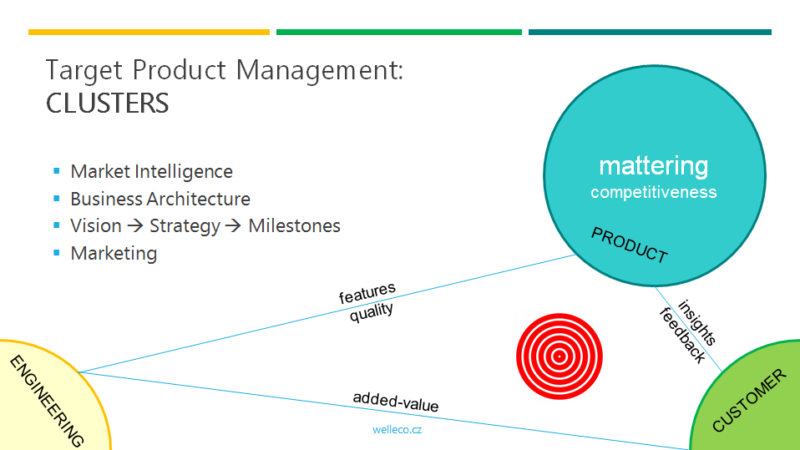
What works well in practice are competence clusters focused on engineering, customers and products that work independently of each other to achieve corporate goals. Of course, this cannot happen without a clear vision and a good measurable strategy, but also, and most importantly, perfect alignment across teams and making decisions based on as many facts as possible. Although intuition also sometimes plays an irreplaceable role;-) As we know from history, the greatest inventions – products came into the world thanks to the unbreakable conviction, often ridiculed, of the fathers of a bold idea. Not only with these topics I’ll deal with in turn in the whole series of articles on “Targeted Product Management”. In the next article, we will look at the core of the poodle, without which the product management is sizzling… Words that some people and even managers are still confused about their meaning. So let’s break them down first.

